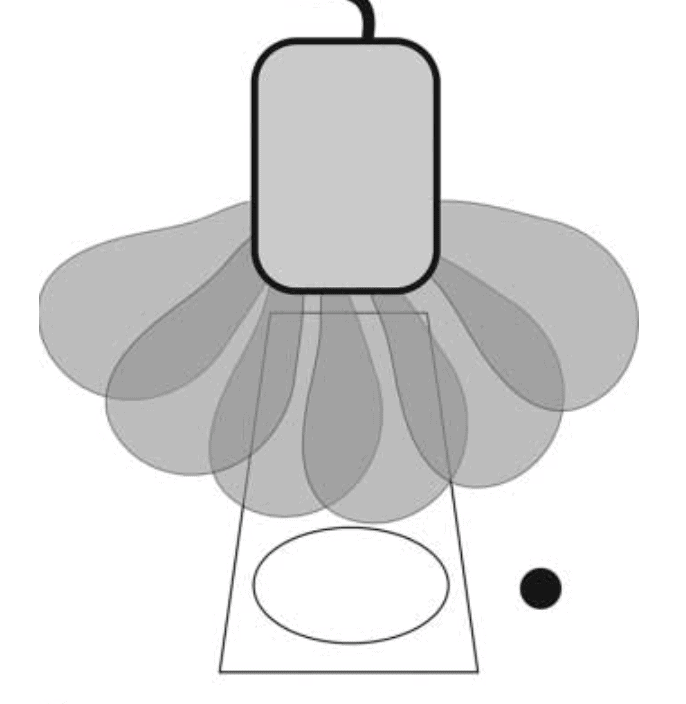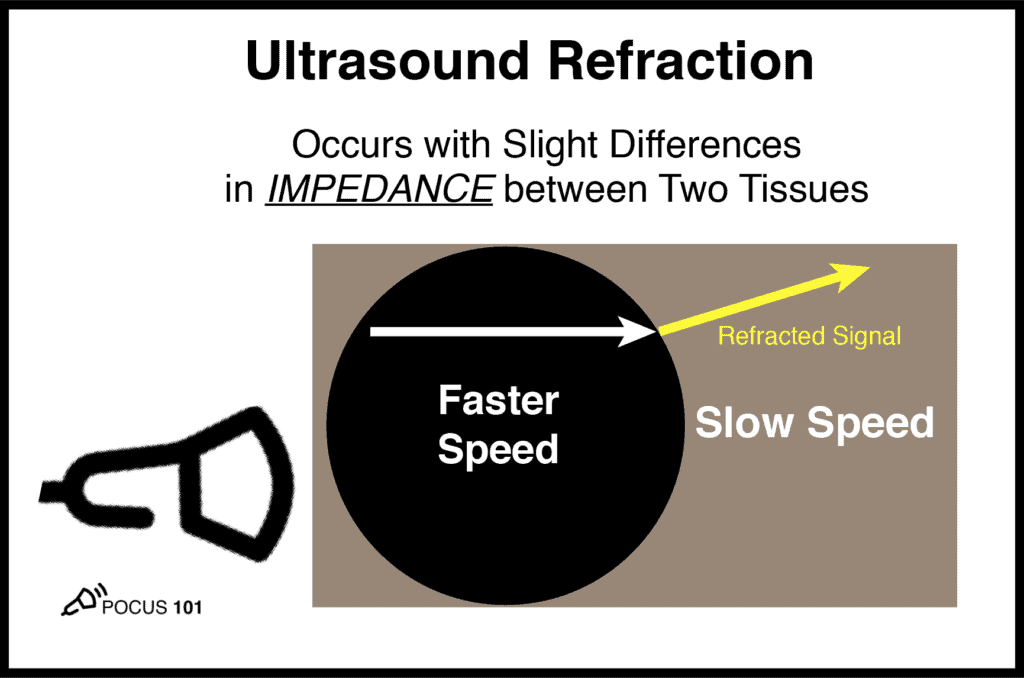

It is easy to measure the distance between two peaks (maximum) or two lows (minimum). Wavelength is defined as the distance between two points (along the sound wave) with equal amplitude (i.e pressure). The peaks and lows of the sine curve correspond to the maximum and minimum pressure, respectively, in the medium. Sound waves can be described mathematically as sine curves. Figure 2 illustrates the wavelength and amplitude of sine curves. The underlying mathematical principles are simple and important to understand. This curve is characterized by the following variables: wavelength, amplitude, frequency, speed, and direction. Mathematically, sound waves can be described by a sine curve. The particles merely vibrate and transmit the vibrations to neighboring particles in the medium. Blue waves represent sound waves reflected by the object.Īlthough sound waves travel through time and space, the particles of the medium do not travel with the sound wave.

Red waves represent sound waves that are generated when the vocal cords vibrate. The principle of how sound waves are generated, propagated and reflected. If the sound waves encounter a new medium, some sound waves will be reflected while others will transfer the mechanical (pressure) energy to the new medium, which may also start to vibrate (Figure 1). When vocal cords vibrate, they generate vibrations in the surrounding air and these vibrations propagate in the form of a sound wave. Humans speak by setting their vocal cords in motion. These vibrations continue to propagate through the medium at the speed of sound, thus forming a sound wave.Ī familiar example is human speech. Sound waves arise when a sound source generates mechanical vibrations in the particles of the medium.

This medium may consist of any matter, e.g air, water, metal, or tissue and fluids in the human body. Unlike light waves, which can propagate through vacuum, sound waves can only propagate through a physical medium.


 0 kommentar(er)
0 kommentar(er)
